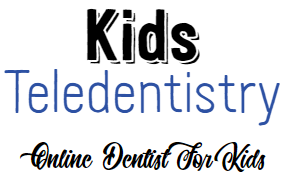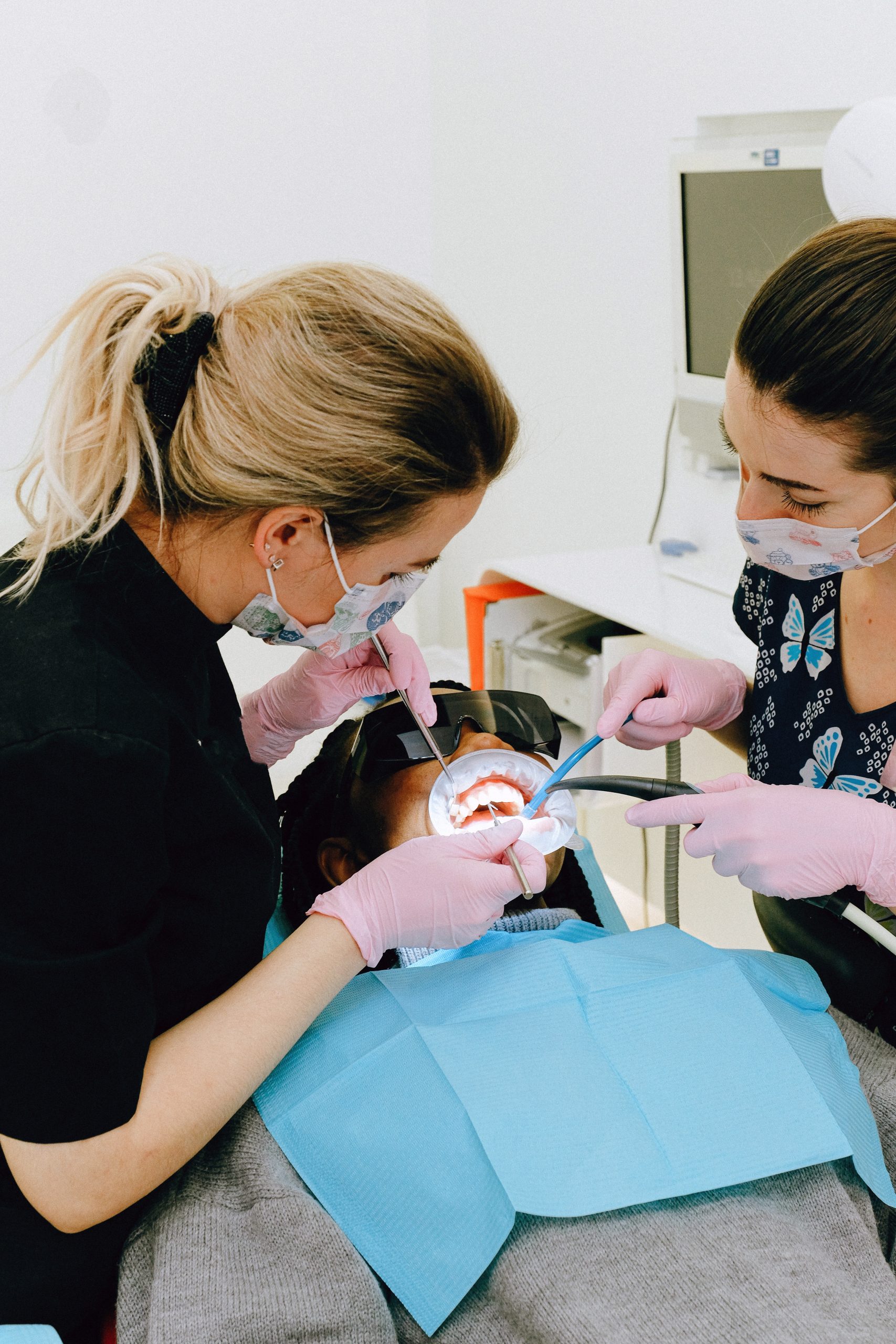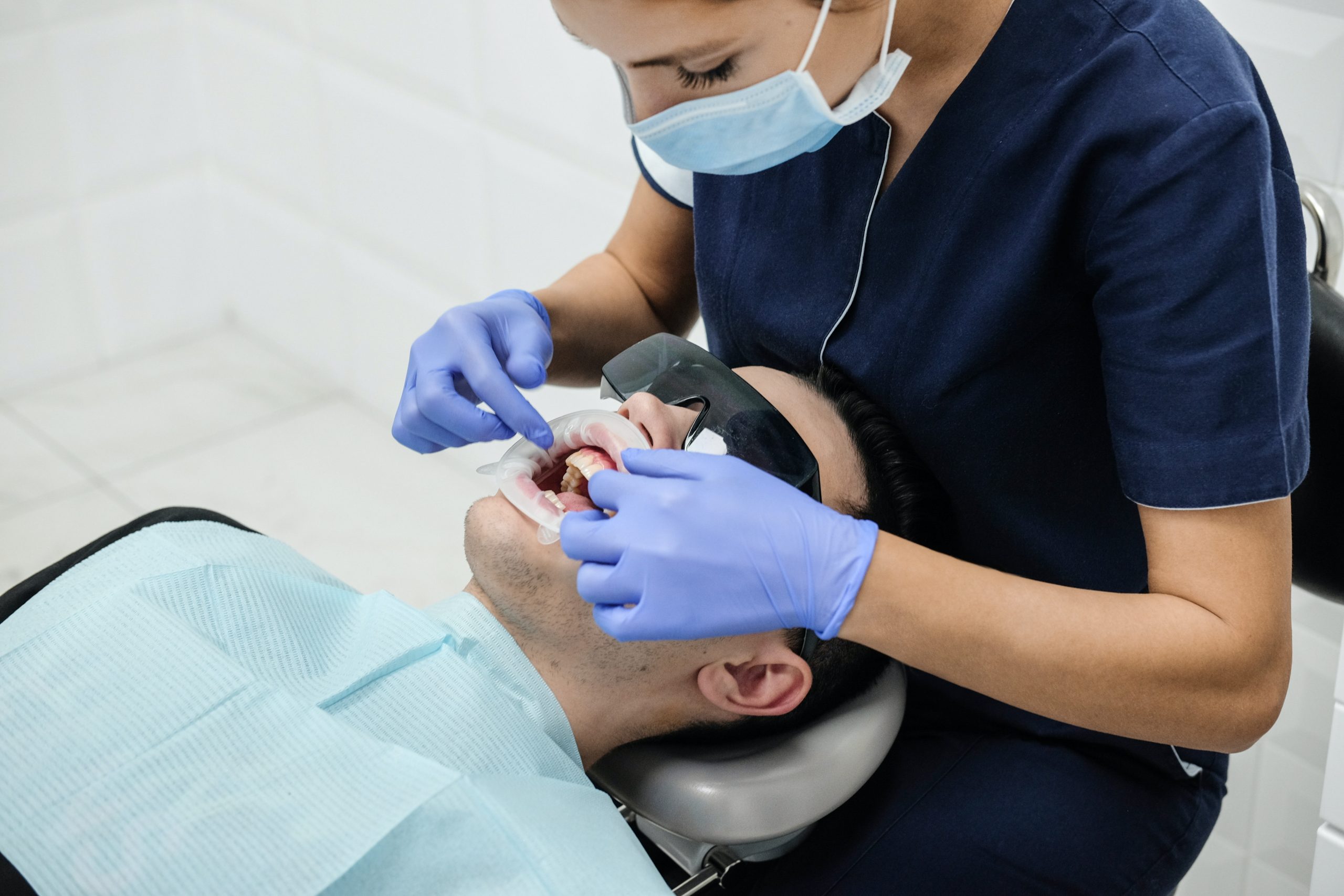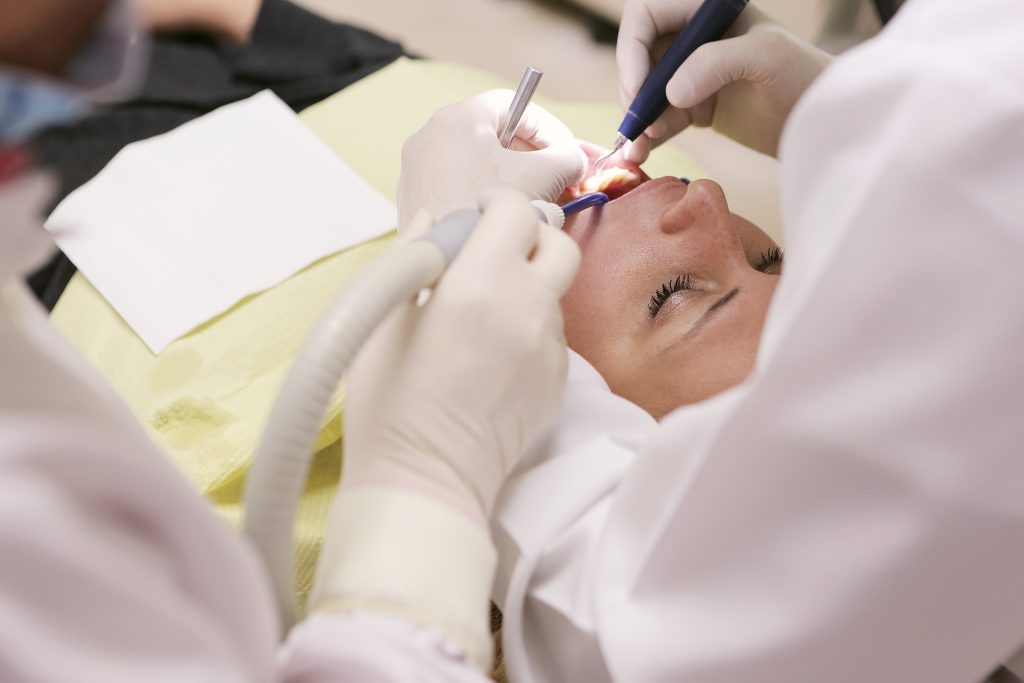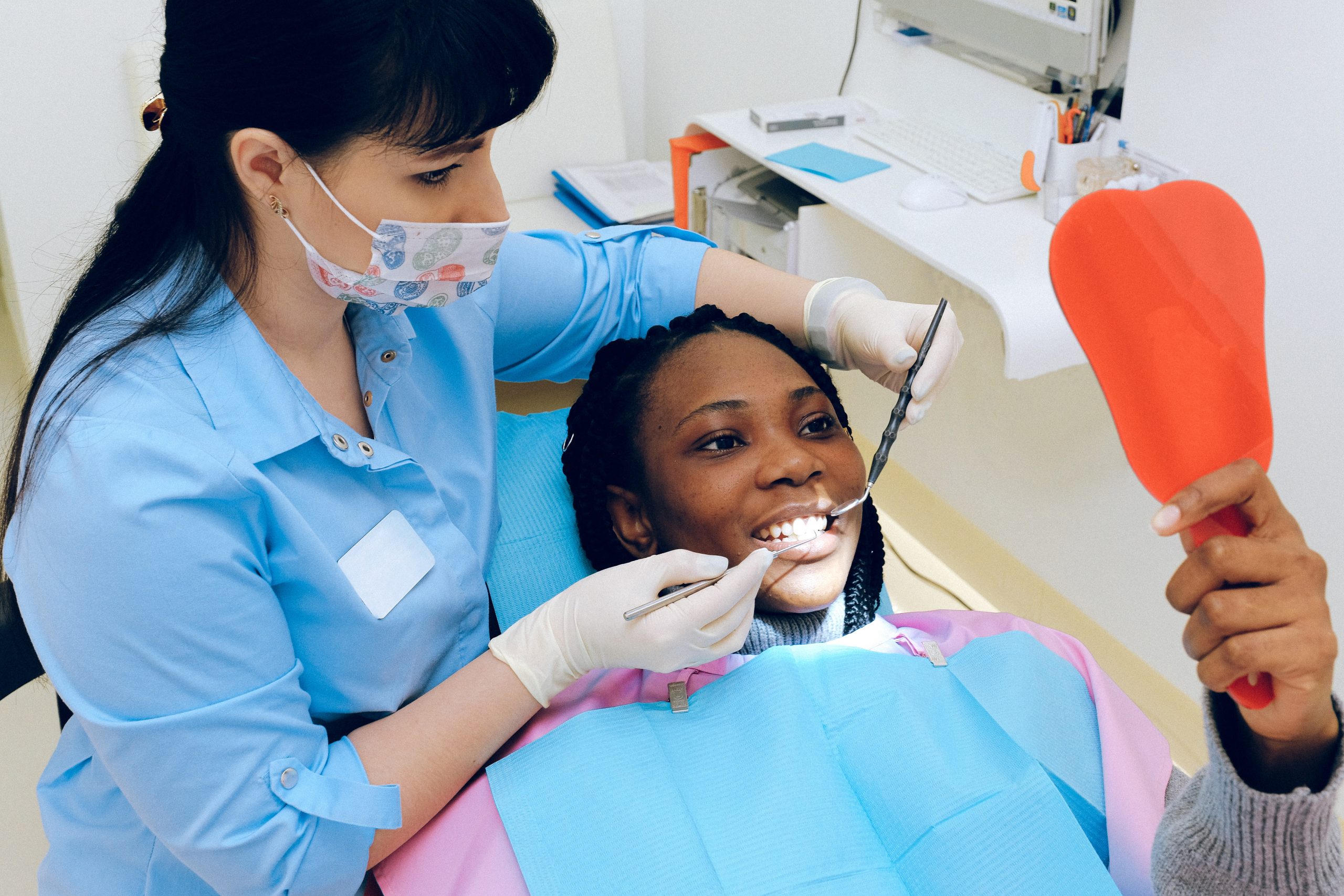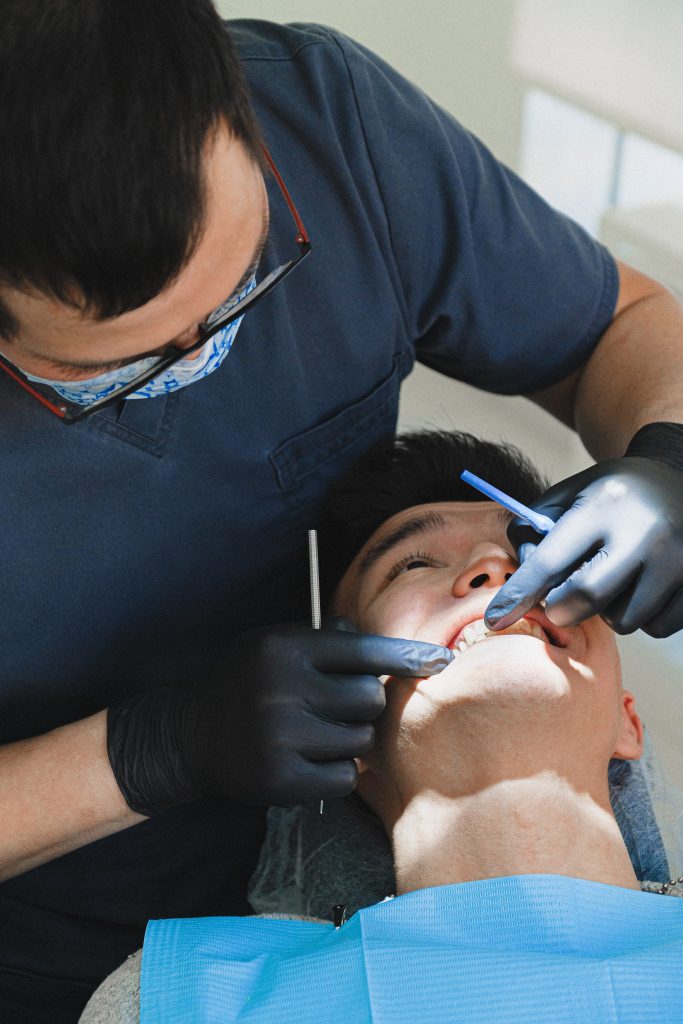While you can certainly straighten a mild to moderate case with Smile Direct Club and some bite issues, they do not claim to correct more severe cases. Invisalign can be a great solution for both adults and teens to fix nearly all common teeth-straightening and bite issues, from simple to complex. Both Invisalign and Smile Direct Club are successful treatment methods. However, how suitable each treatment method is will depend on your individual case and your personal preferences. Only you can make the decision, but don’t go it alone. By consulting with a certified clear aligner provider, you will know exactly what you need and which treatment will be best for your long-term oral health.

Whether choosing Invisalign or Smile Direct Club, you are entrusting your oral health to a professional. The difference being, Invisalign offers in-person treatment, while Smile Direct Club offers remote treatment. Both treatments correct the cosmetics of your smile, and with Smile Direct Club, they can correct some bite issues too. With Invisalign, you can treat most bite cases as well as any severely misaligned teeth.
To find out more, come in for a free Invisalign assessment where we’ll review your oral health, take a 3D scan of your teeth and assess your suitability.
SmileDirectClub Vs. Invisalign
WHICH IS BETTER FOR YOUR SMILE?
THE CLEAR ALIGNER PROCESS
Clear aligner therapy is all basically the same. A mold or digital impression is taken of your teeth. That information is analyzed by a qualified dentist and a treatment plan is created. The plan is executed through a series of aligners that slowly shift your teeth into the correct position. If everything goes according to plan (aligners are worn and switched out according to instructions) by the end of treatment, you should have a beautifully straight smile.
SMILEDIRECTCLUB LIMITATIONS
Because SmileDirectClub is ‘DIY’ there are limitations to the product.
The system is sent directly to the consumer
This means the patient is responsible for taking their own impressions and photos, and ensuring they’re getting routine care from their general dentist throughout treatment.
The dentist or orthodontist is working remotely
Since there is no physical doctor/patient interaction, the dentist has to rely on patient provided photos to track progress, which is not the same as a first-hand examination.
Composite attachments and buttons are not possible
Because of the DIY nature of SmileDirectClub, composite attachments and buttons as well as interproximal reduction are off the table.
These tools and techniques are actually quite common for many patients in order to achieve the best results. This may limit the product to minor or aesthetic adjustments, even if your treatment plan may require fixing malocclusions or bite issues. And there’s nothing like hands-on, in-person dental care from a trained professional. If you are opting for SmileDirectClub, understand the limitations.
INVISALIGN LIMITATIONS
Invisalign has a diverse product line that treatments orthodontic issues from simple aesthetic fixes to more complex malocclusion. But it’s not the right choice for every case. Only an Invisalign certified dentist or orthodontist will be able to tell you if Invisalign is right for you.
COSTS AND TIME COMMITMENTS
Cost is a huge concern for many patients. Orthodontia is not cheap and less expensive options can be enticing for younger patients without dental insurance or flexible spending accounts. But let’s examine the savings vs. cost of each treatment.
SmileDirectClub
With both regular wear and nighttime only options, SmileDirectClub offers systems under $2000 dollars, which is certainly one of the least expensive orthodontic products. It’s also marketed as a convenient system that brings diagnosis and treatment into the comfort of your own home, meaning you don’t have to take time out of your day to go see the dentist.
Invisalign
Invisalign is typically between $3000 and $5000, which puts it between SmileDirectClub and traditional braces in terms of price. Depending on your case and treatment needs, treatment time and cost will vary. You’ll also need to come in for regular appointments with your dentist or orthodontist to ensure you’re tracking properly.
In short, Invisalign has a higher cost and a slightly higher time commitment (making time for checkups every 6-weeks). However, you have the added benefit of working with a doctor. Your dentist can make recommendations and adjustments throughout treatment to keep you on track with your treatment and get you the best possible results.
CHOOSE WHAT’S RIGHT FOR YOU
At the end of the day, it’s your smile and you should choose the clear aligner system that’s right for your budget, your lifestyle and your goals. If you’re interested in the professional opinion of a seasoned dentist like Dr. Burden, feel free to contact us or schedule a consultation today. He offers a variety of orthodontic options, including Invisalign, and will recommend the treatment option that will be most successful for you.
